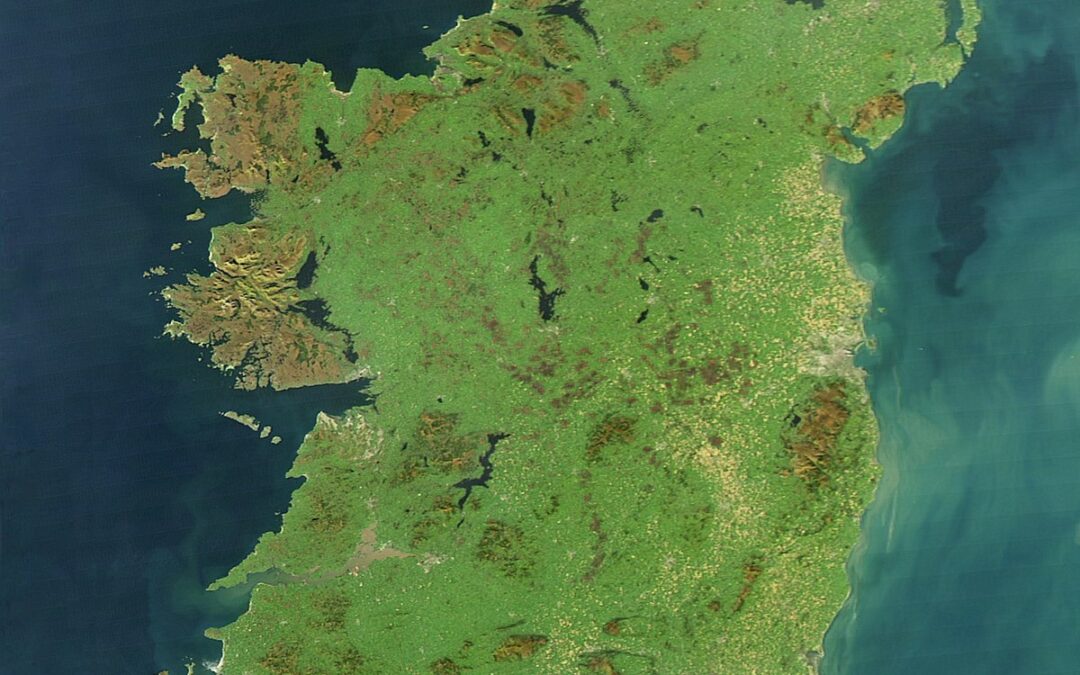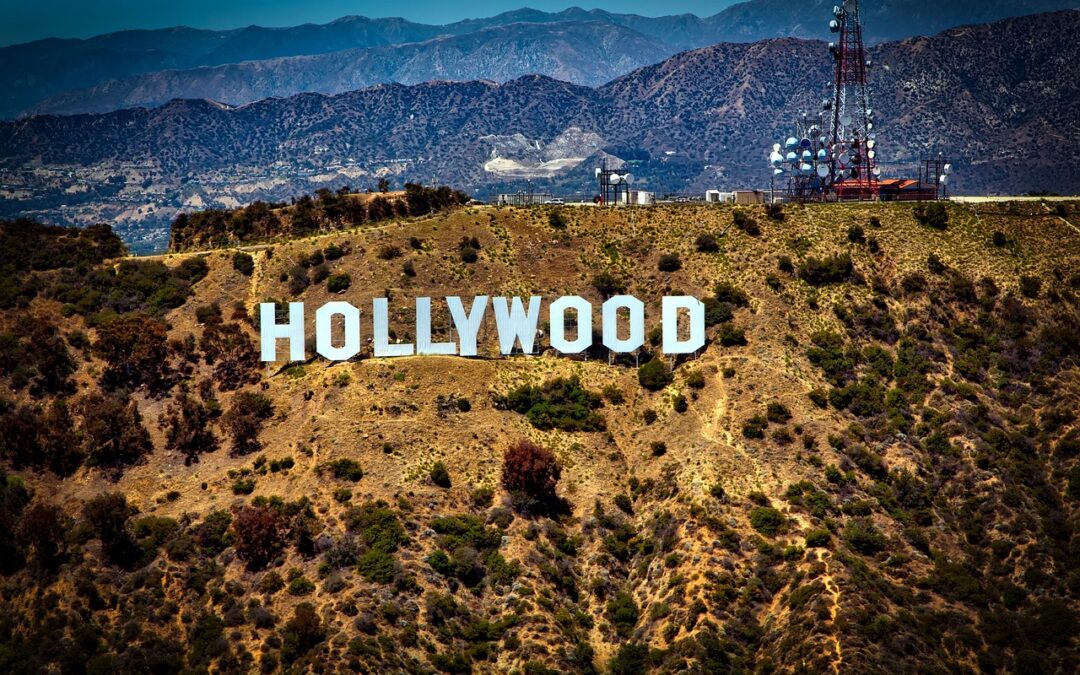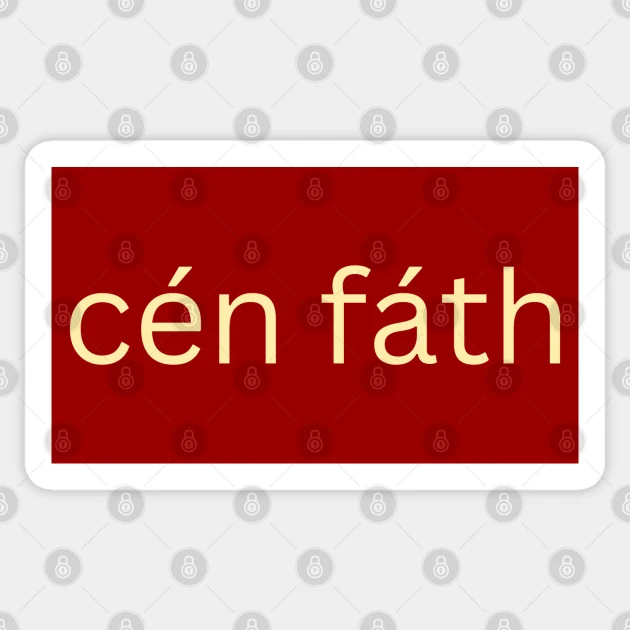
Plus ça change…
Plus ça change…
The more things change the more they stay the same, or as they say in French: "Plus ça change, plus c'est la même chose!" Although that statement is true in the sense that human nature does not change, it is not true in the way that changes are happening now that have never been seen before. Exceptional crises are underway now and we cannot take the chance of failing to find solutions to them. For example, global warming is taking place, due to atmospheric pollution, and we can no longer ignore that problem. Often, changes, both good and bad, start in one place, and then spread to other places. Global warming started primarily in the United States with the proliferation of cars, and then as other countries became richer, they followed suit.
In the article I wrote last week, I toured back memory lane, remembering a few criticisms that my mother expressed to me on her first trip to California. She was absolutely right about the problems she focused my attention on, and her keen insight has stayed with me ever since. The amazing thing about that is that most of the same problems happened in Ireland later, starting in the reign of the Celtic Tiger and continuing to the present day. I well remember the bar man in "Tynan's Bridge House Bar" - he may have been the owner- telling me when he heard I was living in California, "We only take the good stuff from the United States, son!” I didn't have a sharp answer on the tip of my tongue, but now I have the answer. "Keep dreaming, son!" If I were to meet that guy again, I would have a lot to say to him and I would recommend he read this article! Anyway, here are a few examples of the problems that I first saw in America, but which can be seen in Ireland today.
Housing Crisis:
As strange as it may seem, it is true that there are certain problems that become worse when countries become richer. The housing crisis is one of them. When countries become richer, house prices increase. Between 1996 and 2006, prices in Ireland quadrupled! The country was then divided between the rich and the poor, on the basis of home ownership. Buying a new home has not been easy for people and especially first time buyers. Sometimes, they could not afford to buy a house at all, and therefore, they were left homeless and had to sleep on the streets.
Poverty and Immigration
Up until the time of the Celtic Tiger, the Irish used to migrate in waves with every bad economic recession in the country. Not many wanted to come into the country. Things changed completely with the arrival of the Tiger, and the waves began to move in the other direction – into the country, including refugees and asylum seekers, many of whom were destined to spend years in Direct Provision Centres. Many people also landed from other countries in the European Union, looking for work. Those numbers put a lot of pressure on the country's infrastructure, which wasn't very good in the first place. Housing matters became worse, and the Health Service Executive was also under additional pressure.
Health Care
Everyone knows that the Health Services Executive (HSE) has big problems. It is a shame that the hospitals are always overcrowded and have been so for a long time, with no viable solution yet in sight. A few months ago, there were around 85,000 people waiting for inpatient beds and almost 500,000 people waiting for an appointment at the outpatient clinic!
Drug Epidemic
Everyone has seen the headline recently: "Cocaine worth €157 million in 'biggest drug bust in state history'". The drugs came from cartels in South America and organized crime gangs from Ireland and Britain came together to share and distribute the drugs, some of them in Ireland. There is a big cocaine problem in Ireland now - even in the Gaeltacht. This is a headline in a recent tuairisc.ie article: "50-year-old man arrested and €105,000 worth of cocaine found by Gardaí". Those are just a few examples, but without a doubt people have the money to buy the cocaine, and this problem is not only in the cities, but throughout the country.
Violence and Guns
Compared to the United States, there is not a big problem with guns or violence. But it is necessary to keep a close eye on it, because the murder rate doubled last year.
Conclusion
I think certain problems arise in rich countries. There are still those who deny that we are a rich country, but I read in 'Forbes Magazine' recently that Ireland is the richest country per person, in the world! The United States is only in 9th place!!!
Unfortunately, to my knowledge, our government has not done much for a long time to address the above mentioned problems. But big changes are coming in the political sphere and Mary Lou McDonald and Sinn Féin are well-positioned coming into the next general election. If they are elected, they may be able to take a step forward, in terms of those big problems. Failing that, one day guns will be readily available in this country too!








